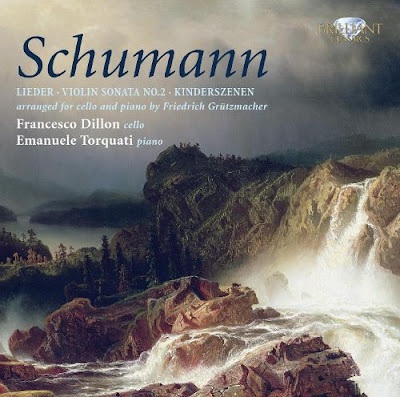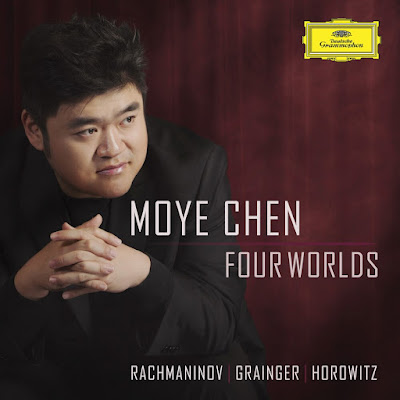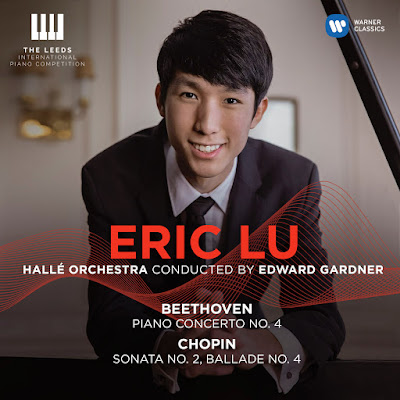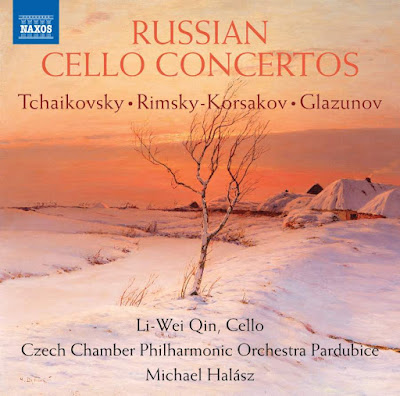MASTERPIECES BY PENG XIU WEN
Ding Yi Music Company
Singapore Conference Hall
Sunday (21 April 2019 )
This review was published in The Straits Times on 24 April 2019 with the title "A memorable tribute to Father of Chinese orchestra".
Peng Xiu Wen (1931-1996) is hailed as the “Father of the Chinese Orchestra” for his pioneering work during the 1950-60s composing original works and arranging classics for large ensembles of Chinese instruments which we know as the Chinese orchestra. This concert by Ding Yi Music Company, augmented to four times its usual size and conducted by Quek Ling Kiong, was a celebration of Peng’s legacy.
Quek was also the soloist in the opening work Harvest Drums, which he led from behind a phalynx of Chinese drums. A commanding display of the full force of orchestral might was made more impressive by a stunning cadenza of incessant drumming accompanied by just cymbals.
Guest yangqin soloist Zhang Guo Xiang led the next two works, replacing baton with wooden mallets. The first was the familiar Dance Of The Yao Tribe, sounding more raucous and vivid in instrumental colour than its Western orchestral version. Performed with gusto, the skipping and jumping moves continued in Ah Xi Dancing Under The Moon and its vigorous syncopated beat.
Peng’s concerto Unyielding Su Wu saw Singapore Chinese Orchestra member Xu Wen Jing emoting on the zhonghu. Deeper in pitch and mellower than the erhu, the music resounded with a decided melancholy reflecting years of exile which Han dynasty envoy Su Wu spent in the Siberian wilderness. The 24-minute work was rhapsodic, alternating between the poetic and the dramatic, before erupting in unbridled joy upon his return.
After the intermission, huqin exponent Jiang Ke Mei was soloist in two short pieces. The highest-pitched jinghu took centrestage in The Surging Of Clouds, delighting in its nimbleness, delicate and refined timbre. In contrast, the banhu produced a lower-voiced and more robust tone in the rustic Beautiful Traditional Chinese Girl.
The Rising Moon, with pipa flourishes from Chua Yew Kok and guzheng glissandi from Yvonne Tay, played like a cortege on a slow final journey. This elegy-like number was appropriately dedicated to the memory of 89-year-old first generation Chinese pianist and Ding Yi benefactor Elaine Wu Yi Li (inset), who passed away the night before.
Terracotta Warriors, perhaps Peng’s best-known work closed the concert on a high. There was a cinematic quality to this 22-minute piece of programme music, sounding like a Chinese version of film score music to a cowboy Western. Its festive and ritual drumming, pomp and ceremony, allied to a rambling narrative, made this an aural spectacular that was milked for its overwrought instrumental effects.
The young orchestra responded splendidly to conductor Quek’s direction, and there was more in the tank for four encores. Peng’s versatility was displayed in arrangements of Indonesian song Bangawan Solo and Algerian song Damu Damu, while Zhu Jian’er’s Days Of Emancipation (Fanshen De Rizi, parading all three soloists) and the popular Hua Hao Yue Yuan (Full Moon Beautiful Flowers) rounded up a memorable tribute to a master of Chinese music.

























